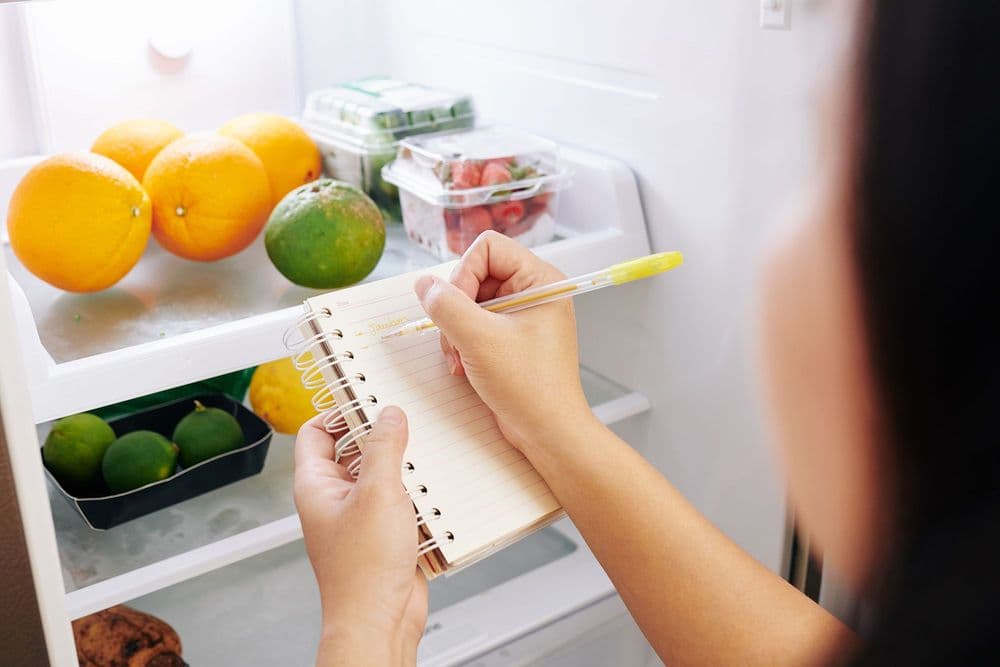How to reduce food waste and live environmentally friendly at home?
Topic: Naapurin puolesta kyselen

Tackling Food Waste: Small Actions, Big Impact
It is estimated that each Finn throws away 20–25 kilograms of edible food every year. This is not only an environmental issue but also a significant financial loss—wasted food means wasted money. However, with simple changes, everyone can significantly reduce food waste:
- Plan your shopping in advance: Make a shopping list and stick to it. Check your fridge before going to the store and try to use items that are nearing their expiration date first.
- Use leftovers: Leftovers from the previous day can easily be turned into lunch or dinner the next day. Many dishes, such as soups, stews, and pastas, can also be frozen for later use.
- Take inventory: Keep your fridge and pantry organized so you can see what you have. This helps avoid unnecessary purchases and ensures older items are used in time.
- Freeze food: Freeze food that won’t be used in time, such as leftovers or overripe fruit. This helps extend the usability of food.
- Use all parts of food: Use all edible parts of food when possible—for example, vegetable peels can be a great base for soups or veggie patties.
- Store food properly: Follow storage instructions and use airtight containers to prevent spoilage. Proper storage extends the shelf life of food.
How to Reduce Coffee Waste with Small Changes
Brewing coffee is an important part of the day for many, but it’s also a common source of food waste. It’s typical to brew too much coffee, and the leftover ends up down the drain. This means not only wasted coffee but also wasted water. Here are some tips to reduce coffee waste:
- Brew only what you need: Measure how much coffee you actually drink during the day and brew only that amount.
- Use a thermos: If you brew more coffee at once, pour it into a thermos immediately. This keeps it hot without needing to brew more.
- Reuse coffee grounds: Coffee grounds can be used in many ways—for example, in compost or as fertilizer for plants. They also work well as odor absorbers in the fridge or for cleaning.
From Biowaste to Energy and Fertilizer
Biowaste can be used to produce biogas. Biogas is utilized to generate renewable electricity and heat, reducing the use of fossil fuels and lowering the carbon footprint. Biowaste can also be composted to create soil material and fertilizers rich in nutrients like nitrogen and phosphorus. By recycling biowaste properly, these nutrients can be reused in agriculture and gardening, improving soil quality and reducing the need for synthetic fertilizers.
Biowaste Recycling
Biowaste makes up a large portion of household waste, and proper sorting is essential to recover valuable nutrients and use the waste for biogas production. When recycled correctly, biowaste not only reduces landfill waste but also produces renewable energy and fertilizers.
What belongs in biowaste:
Food waste such as fruit and vegetable peels, leftovers, fish bones, and coffee grounds. Paper towels and napkins can also go in the biowaste bin.
What does not belong in biowaste:
Do not put liquid fats, cigarette butts, diapers, or other mixed waste in the biowaste bin. Soil and ash should also be sorted separately.
More on the Same Topic
Mitä isännöitsijä tekee?
Kun huoltoyhtiö kolaa lumet ja leikkaa nurmikot, isännöinti tekee kaiken muun – näkymättömästi mutta tärkeästi. Se on taloyhtiön moottori, joka ei näy, mutta pitää rattaat pyörimässä. Tässä katsaus siihen, mitä isännöinti oikeasti tekee ja miksi se on tärkeämpää kuin ehkä luulit.